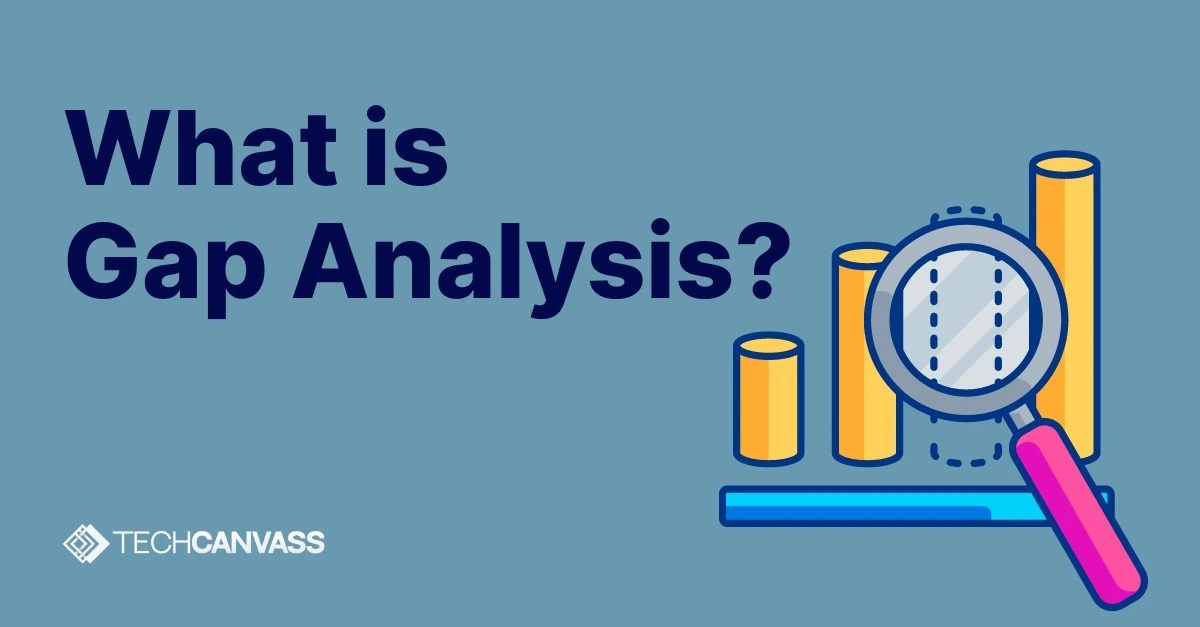The gap analysis is an important tool used in business analysis that differentiates the existing state from the desired future state of a process or system. It also helps organizations identify areas that need improvement, allocate resources and finally set and implement plans for achieving their results.
In this context, we shall discuss the concept of gap analysis from a business analysis perspective by outlining its significance, steps, and best practices.
Importance of Gap Analysis
- Planned Alignment: This ensures that business processes and systems are aligned with strategic objectives.
- Resource Optimization: Helps in efficient resource allocation through identifying crucial areas that need improvement.
- Risk Management: Identifies potential risks resulting from not attaining business objectives as well as facilitating proactive mitigation.
- Performance Improvement: It brings out performance gaps hence allowing for specific improvements directed towards enhancing overall business efficiency.
Steps in Performing Gap Analysis
1. Define the Current Situation:
- Data Gathering: Accumulate numerical and descriptive information about existing operations, systems and performance measures.
- Stakeholder Interviews: Engage with stakeholders to solicit their opinions on current problems and lack of efficiency.
2. Define the Desired Future State:
- Objective Setting: Clearly describe the business goals and objectives that represent the desired future state.
- Benchmarking: Evaluate industry practices in order to set performance standards.
3. Identify cracks:
- Comparative Analysis: Compare the current situation with what is desirable to delineate gaps.
- Prioritizing Gaps: Prioritize gaps according to their effect on business objectives and how they can be closed.
4. Devise Action Plans:
- Root Cause Analysis: Bring out the real causes of the cracks.
- Solution Design: Generate specific solutions for addressing these gaps, taking into account temporary remedies as well as long-term improvements.
- Implementation Planning: Plan a detailed course of action including timelines, resource allocation, and key performance indicators (KPIs).
5. Monitor and Review:
- Progress Tracking: Monitor the implementation of action plans regularly using KPIs to measure progress made.
- Continuous Improvement: Continuously adjust plans as per feedback received from changing business situations.
Best Practices for Effective Gap Analysis
- Engage Stakeholders: Include main stakeholders throughout the stages to obtain their viewpoints and take into account their opinions.
- Use Data-Driven Insights: A methodological approach that is based on accurate and comprehensive data is recommended so as to achieve a dependable result.
- Focus on Critical Gaps: Give priority to those gaps that can be easily addressed and have significant impact on business objectives.
- Leverage Technology: Streamline your data collection, analysis, and reporting using business analysis tools and software.
- Ensure Flexibility: One must be ready to revise plans when confronted with new information or altering business environments.
Conclusion
Gap analysis is an important tool in the toolbox of every business analyst as it provides them with an organized way of identifying as well as improving performance insufficiency. To learn more about the program please click on the link ECBA certification program, businesses systematically evaluate the current situation against desired objectives, they are then able to make informed decisions, allocate resources cleverly, and continuously improve. In this regard, therefore, loyalty to best practices in gap analysis ensures that an organization remains competitive, and efficient, along its planned direction at all times.



